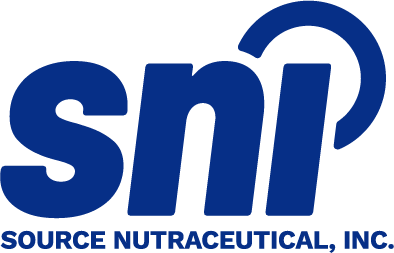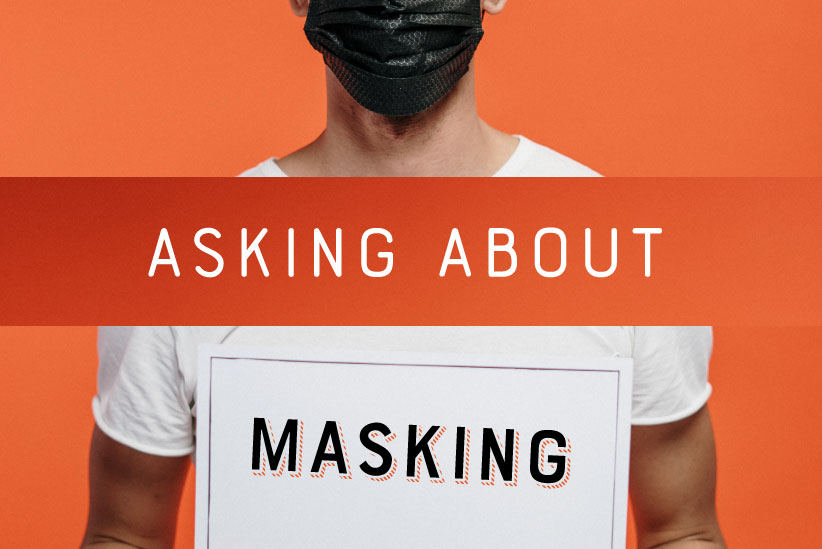With all the talk about COVID-19, and mandatory face masks becoming the new norm in indoor public places, it’s become confusing to many on which type of face mask would be best for them.
Recently, the CDC recommended that everyone – either sick or someone not showing any COVID-19 symptoms — wear a cloth face mask in places where it can be difficult to stay 6 feet away from others.
This can be grocery or department stores. That’s because studies show that people can spread coronavirus even if they don’t have symptoms (called asymptomatic) or before they have symptoms (called presymptomatic). In fact, you might be the most contagious just before symptoms begin.
Before you buy or make a mask, learn which type is best and how to wear it.
How Face Masks Work
When someone who has COVID-19 coughs, sneezes, or talks, they send tiny micro droplets with the coronavirus into the environment around them. This is where a mask can help.
A properly worn face mask covers your mouth and nose. It can block the release of virus-filled droplets into the air when you cough, sneeze or speak. This helps slow the spread of COVID-19.
Can face masks protect me from the coronavirus?
A cloth face mask won’t totally block the coronavirus. But it’s an added layer of protection for you and the people around you when you use it along with regular hand washing, sanitizing and social distancing measures like staying 6 feet away from others.
Types of Face Masks for Coronavirus
Masks for health care workers
N95 respirators and surgical masks should be reserved for health care workers and first responders. Because there aren’t enough of these masks for everyone, it’s important that they go to the doctors, nurses, and other medical staff who need them most.
- N95 respirator masks fit tightly around your face. They filter out 95% or more of the smallest particles in the air. But they have to fit just right in order to work.
- Surgical masks are often blue with white borders. They fit loosely across your nose and mouth. These masks shield against the large droplets that come from a sick person’s cough or sneeze, but they’re too loose to protect against all germs. And they can’t block the tiniest particles that may carry coronavirus.

Masks for non-health care workers
Cloth masks are best for people who don’t work in health care. Here are some tips to keep in mind when making your own or looking for handmade masks:
- You can sew the fabric, tie it around your face, or fold it around some hair ties for ear loops.
- Use at least two layers of material.
- You might add a pocket for a filter. Be sure to take it out before you wash the mask.
- Add a copper or wire ribbon on the nose of the mask to help it fit better.
To buy other kinds of masks:
- Check hardware stores for dust masks. They look a lot like N95 respirators but don’t filter out as many particles.
- Neoprene masks can help stop the droplets that may carry the virus.
- Try using a neck gaiter — a piece of material tied in a loop — made of stretchy synthetic fabric. Fold it into multiple layers if the material is thin
Face Mask Myths and Facts
Are masks mandatory?
Some local governments have issued orders that require face masks in public places. Workers in certain businesses also have to wear them because they’re in constant close contact with others.
The Centers for Disease Control and Prevention (CDC), the top public health agencyin the United States, urges everyone to wear a mask when you’re in a public place where it’s hard to stay at least 6 feet away from other people.
Are masks useless if there’s a gap?
A mask that doesn’t fit exactly may not be totally useless, especially if it has a high filter level. And even cloth masks that fit perfectly can’t stop all particles. But a mask with a gap or hole won’t work nearly as well as one no space around your nose and mouth.
Should you wear a mask inside your home?
You don’t need to wear a mask at home unless you’re sick or caring for someone who’s sick.
Should you wear a mask when exercising outdoors?
It’s fine to exercise outdoors without a mask as long as you keep at least 6 feet between yourself and other people.
While we’re all adjusting to this new normal, please use courtesy and patience when visiting public places where mandatory mask wearing is issued. Be safe, and we’ll get through this together.




